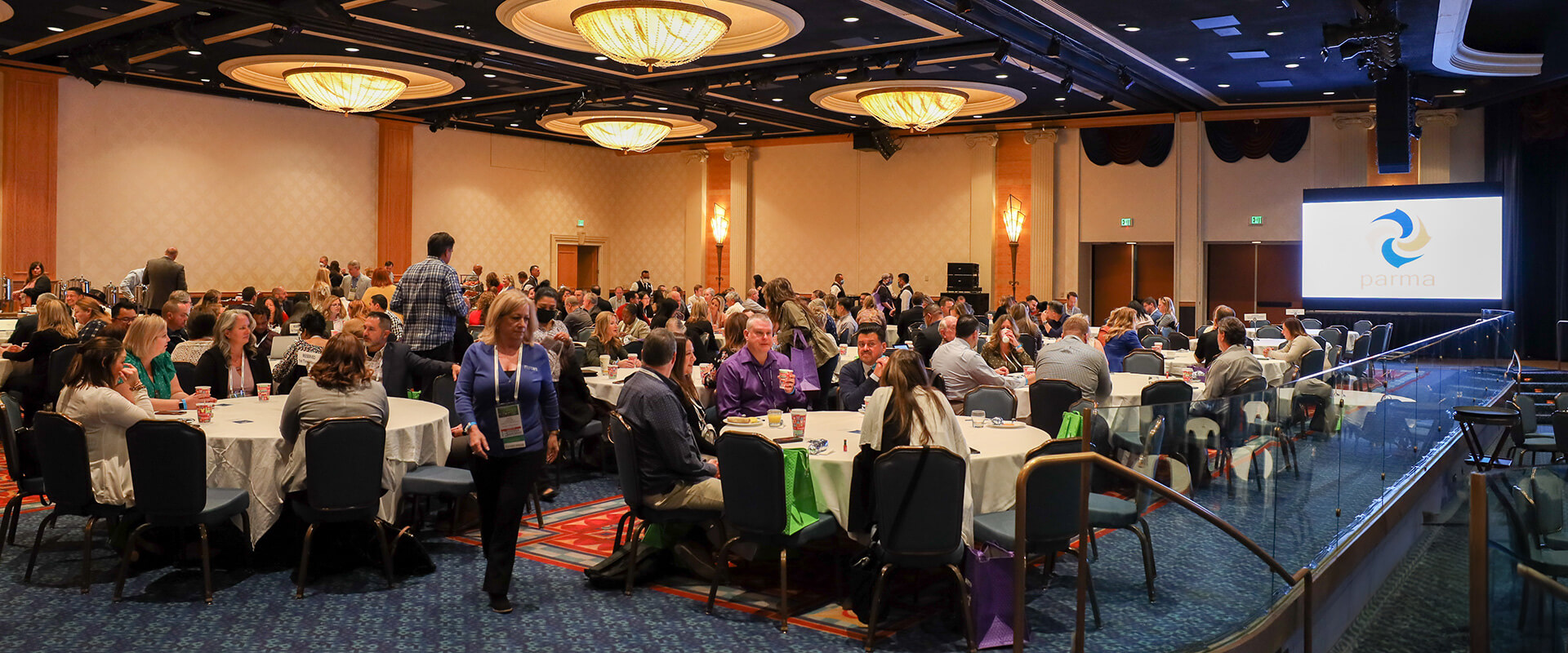Over the next week, Southern California has only a 27% chance of experiencing a third earthquake greater than magnitude 6, but a 96% chance of going through a tremor of magnitude 5 or higher.
Those precise probabilities were generated by scientists at the United States Geological Survey (USGS), using models based on longstanding principles of seismic behavior and decades of data on aftershocks from earthquakes.
But the same predictive power does not extend to forecasting when and where earthquakes will strike in the first place, experts acknowledge.
“Even if it’s a theoretical possibility, it may be a practical impossibility,” said Andrew Michael, a California-based geophysicist at the USGS.
A powerful 7.1 magnitude quake shook the remote town of Ridgecrest in the Mojave Desert on Friday evening, a day and a half after a 6.4 magnitude temblor was recorded in the same region.
On average, a quake is followed by an even stronger tremor only about 5% of the time, though it happens more frequently in areas with significant geothermal activity, like the Mojave, according to Michael.











